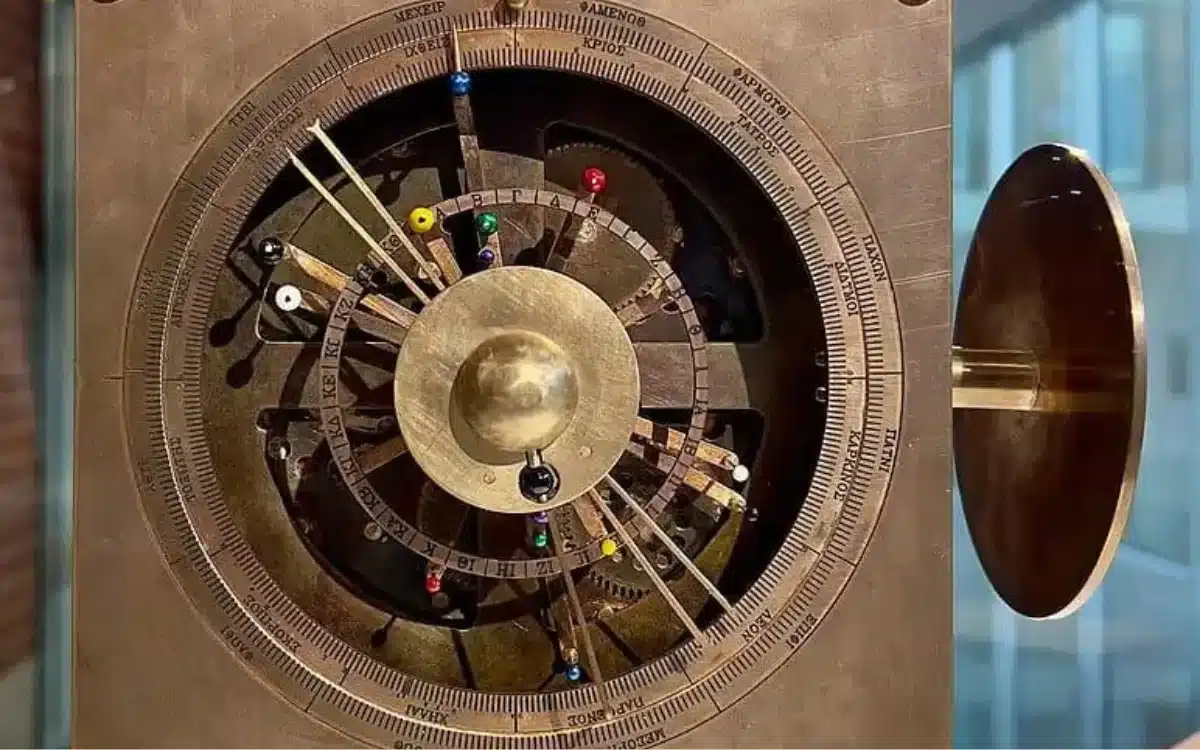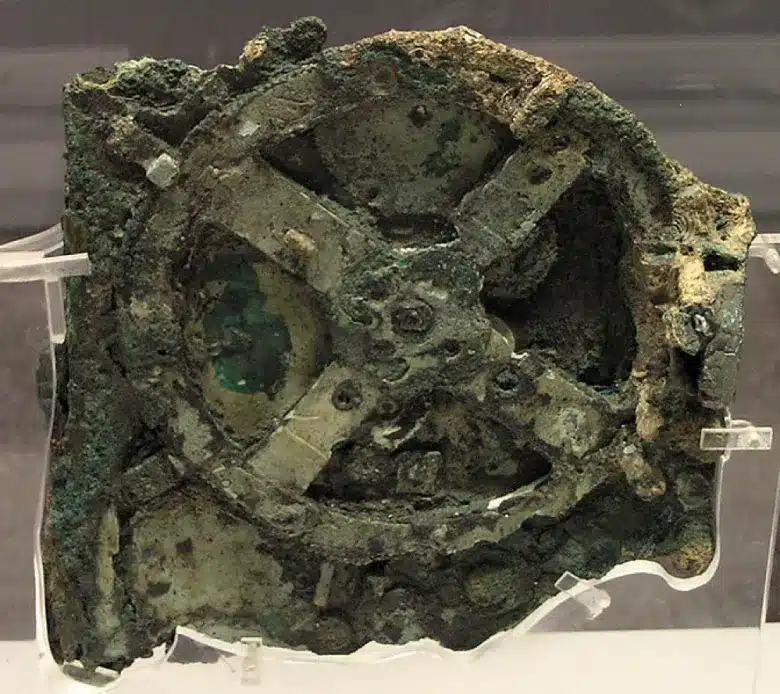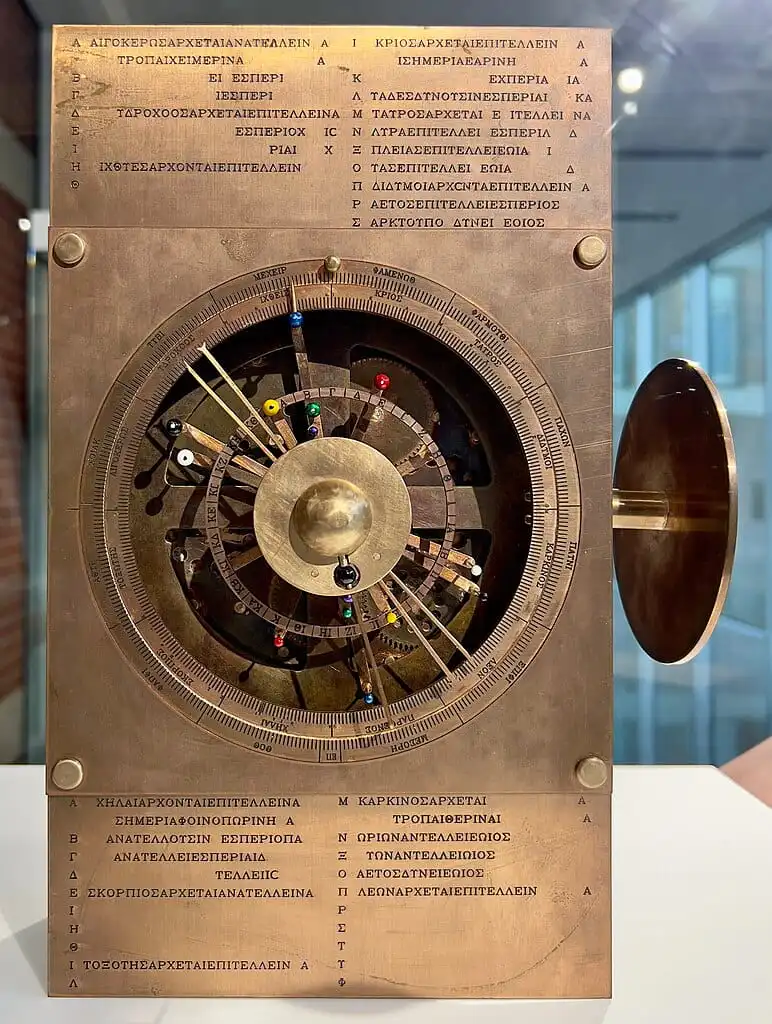Tech
YouTuber helped researchers solve the mystery of a 2,000-year-old ‘computer’

Help to solve the mystery of a 2,200-year-old ‘computer’ has come from an unlikely source – a YouTuber.
The Antikythera Mechanism is believed to be the earliest surviving mechanical computing device.
The content creator’s research into the device’s interlocking gears was crucial in discovering the truth behind this advanced and ancient artifact.
READ MORE! 2,400-year-old ‘world’s oldest’ shipwreck discovered intact a mile below sea level
Mystery of the Antikythera Mechanism
The remains were first discovered on a shipwreck by divers waiting out a storm near the Greek island of Antikythera in 1900 alongside three life-size marble horse statues, coins, jewellery, and other treasures.
Currently sitting in the National Archaeological Museum in Athens, Greece, The Antikythera mechanism is broken and eroded.
It’s about the size of a shoebox, shattered into six pieces and eroded from time spent underwater.
It’s so sophisticated that initially, there was confusion that it was – in actual fact – a modern device mixed in with the ancient artifacts.
Not having the entire artifact makes it difficult for scientists to ascertain exactly how it was used.

The bronze object was thought to have likely followed a Greek lunar calendar – the closest thing at the time to a computer.
In the second century BCE, its rings, evenly spaced holes, and interlocking gears would have been used to predict and chart future celestial events in the sky.
These include eclipses that, of course, recent events have proven continue to fascinate us today.
How many holes there were in the intact object holds the key to determining exactly how the computer functioned.
The investigation

While research was done into the device during the 1970s, x-ray images from 2005 gave researchers new details.
YouTuber and Antikythera researcher Chris Budiselic was fascinated by the mechanism and made his own version seven years ago – but wasn’t sure how many holes it needed because of the device’s worn condition.
Based on Budisic’s findings, University of Glasgow astronomers, including study author, Graham Woan, used statistical modeling techniques to find the answer.
“Our results indicated the ring likely had 354 holes,” he said.
Based on the number of holes, it was discovered that the device follows a lunar calendar instead of an Egyptian one.
Woan’s fellow researcher, Joseph Bayley, followed up the research by modifying techniques used to study gravitational waves, which are ripples in space-time.
His results matched with Woan’s – 354 to 355 holes in the ring is most likely.
These results were published in the peer-reviewed Horological Journal.
And it’s thought that it was capable of calculating planets’ positions incredibly accurately for the time.
“The precision of the holes’ positioning would have required highly accurate measurement techniques and an incredibly steady hand to punch them,” Bayley said in a statement from the university.
And it seems groundbreaking technology is helping us crack a plethora of ancient cold cases alongside this mystery – including how the Giza Pyramids were built.
What’s more, students used AI to decipher an ‘unreadable’ ancient Roman scroll for the first time ever.







:max_bytes(150000):strip_icc()/roundup-writereditor-loved-deals-tout-f5de51f85de145b2b1eb99cdb7b6cb84.jpg)


